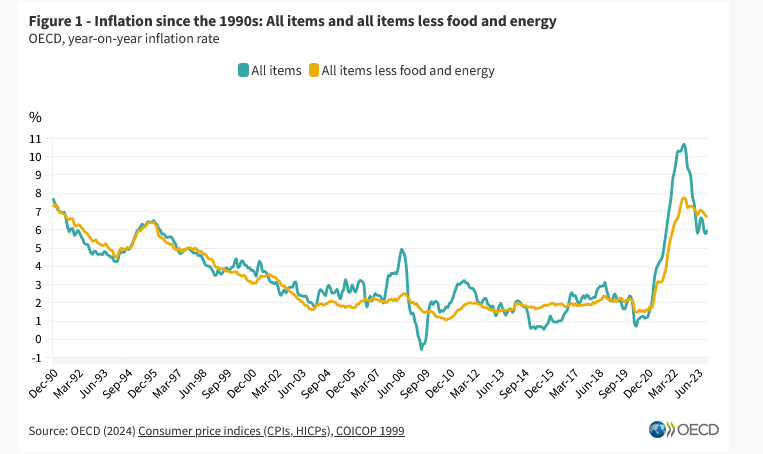In 2023 compared with 2022, hourly labour costs at whole economy level expressed in € rose by 5.3% in the EU and by 4.8% in the euro area.
Statistics
In 2022, the life expectancy at birth in the EU was 80.6 years, up by 0.5 years from 2021.
In the third quarter of 2023, in the EU, the majority of employed people aged 15-64 years were men, 53.5% men compared with 46.5% women.
In 2023, 55% of people in the EU aged 16 to 74 had at least basic overall digital skills.
In 2022, there were almost 7.3 million female scientists and engineers in the EU, 310 500 more than in 2021, accounting for 41% of total employment in science and engineering.
Year-on-year inflation in the OECD, as measured by the Consumer Price Index (CPI), increased from 5.8% in November to 6.0% in December 2023 , after three consecutive months of decreases.
In 2022, the number of battery-only electric passenger cars in the EU countries almost reached 3.0 million, which is a +55% increase compared with 2021 (1.9 million).
In 2023, EU tourism continued to show signs of rebounding from the COVID-19 pandemic.
In 2022, at the EU level, 3.3% of the people in need of medical examinations were not able to receive them due to financial reasons, long waiting lists, or distance.
In 2022, social protection sickness and healthcare expenditure, measured as a percentage of GDP, stood at 8.1% at EU level, reflecting 0.4 percentage points (pp) decrease compared with 2021 (8.5%).









